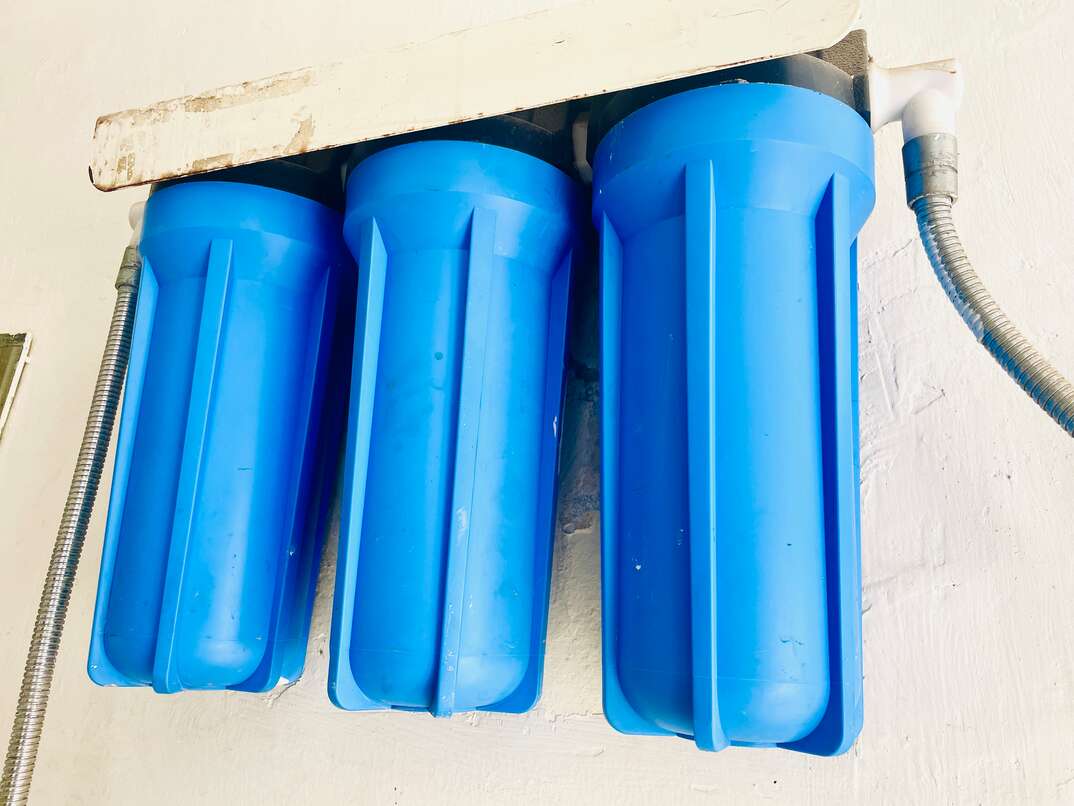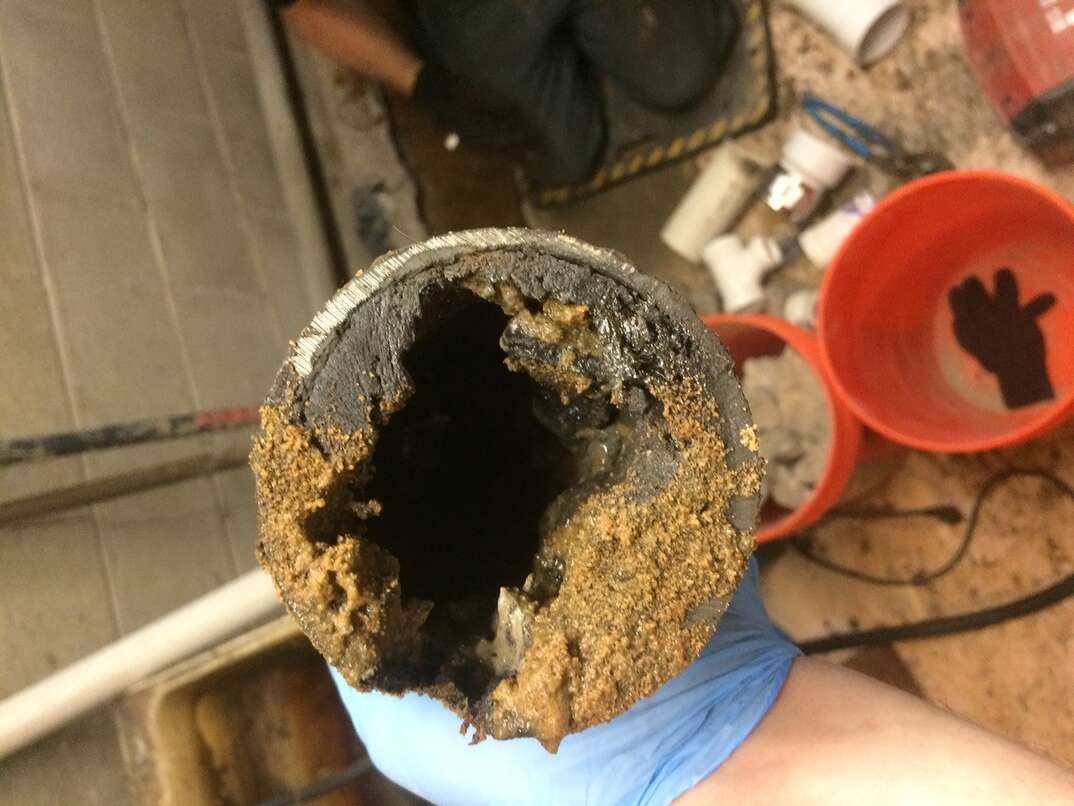What Is a Salt-Free Water Softener and How Does It Work?

The term “hard water” describes water with high levels of minerals, such as calcium and magnesium. Hard water is the cause of several problems involving home appliances, including staining, clogging and reduced efficiency. To prevent these issues, many people use water softeners.
This May Also Interest You: What Is a Water Softener?
A water softener is a device that removes or replaces the minerals that cause hardness in water. There are different types, but the most common is a salt-based water softener. However, you need to regularly replenish the salt and maintain the resin tank. The salt-free water softener is an increasingly popular alternative to the salt-based option.
What Is a Salt-Free Water Softener?
In the pursuit of a healthier, more sustainable lifestyle, the concept of a saltless water softener is gaining prominence. These innovative devices offer a viable alternative to traditional water softeners that rely on salt, presenting a solution that's both eco-friendly and health-conscious.
One of the standout advantages of salt-free systems lies in their environmental impact. By eliminating the need for salt regeneration, they reduce the discharge of brine into wastewater, promoting a more sustainable water treatment process. Additionally, these systems appeal to individuals with dietary restrictions, as they don’t introduce excess sodium into the water supply.
More Related Articles:
- Have Hard Water? Here’s How to Know — and How to Treat It
- How Do You Clean a Water Softener?
- What Is Water Softener Salt?
- How Much Does It Cost to Install a Water Softener?
- How Much Do Home Water Filtration Systems Cost?
How Does a Salt-Free Water Softener Work?
A salt-free water softener works by changing the physical or chemical properties of the hard water minerals. There are different methods for achieving this, including:
- Template-assisted crystallization (TAC): This method uses a special media that acts as a template for the hard water minerals to form tiny crystals that are harmless and easily washed away by water. The media doesn’t need to be replaced or regenerated, and it doesn’t add or remove anything from the water.
- Electric or magnetic fields: This method uses electric or magnetic fields to alter the charge or polarity of the hard water minerals so they repel each other and don’t form scale or stick to surfaces. Coils or wires generate electric or magnetic fields that are attached to the water pipes, and they don’t consume much electricity or affect the water quality.
- Chelation: This method uses a chemical agent that binds to the hard water minerals and makes them soluble and stable in water. The chemical agent is usually a food-grade citric acid that’s added to the water in small amounts, and it doesn’t affect the taste or health of the water.
A salt-free water softener works differently from a salt-based water softener, which uses a process called ion exchange to remove the hard water minerals and replace them with sodium or potassium ions. A salt-free water softener doesn’t remove the hard water minerals; it prevents them from causing problems.
Its advantages over a salt-based water softener include:
- No salt or chemicals are required. A salt-free water softener doesn't need salt or chemicals to operate, which saves money and reduces environmental impact.
- There’s no water waste. It doesn’t need to regenerate or flush water, which saves water and avoids adding salt or chemicals to the wastewater.
- Sodium or potassium aren’t added to the water. It doesn’t add sodium or potassium to water, which may be beneficial for people concerned about their sodium or potassium intake.
- There are no corrosion or health risks involved. It doesn’t corrode pipes or appliances or pose any health risks associated with excess sodium or potassium in water.
However, there are some limitations:
- It doesn’t necessarily reduce the hardness of the water. It doesn’t reduce the hardness of water, which means the hard minerals are still present and may affect the taste or feel of the water.
- It doesn’t remove other contaminants. It doesn’t remove other contaminants that may be present in water, such as iron, manganese, chlorine or bacteria. A separate filter or treatment system may be needed to address these issues.
- It’s not universally effective. It may not work well in all water conditions, such as very hard water, very cold water or very high flow rates. You’ll need a proper assessment of your water quality and water usage to determine its suitability and likely performance.


